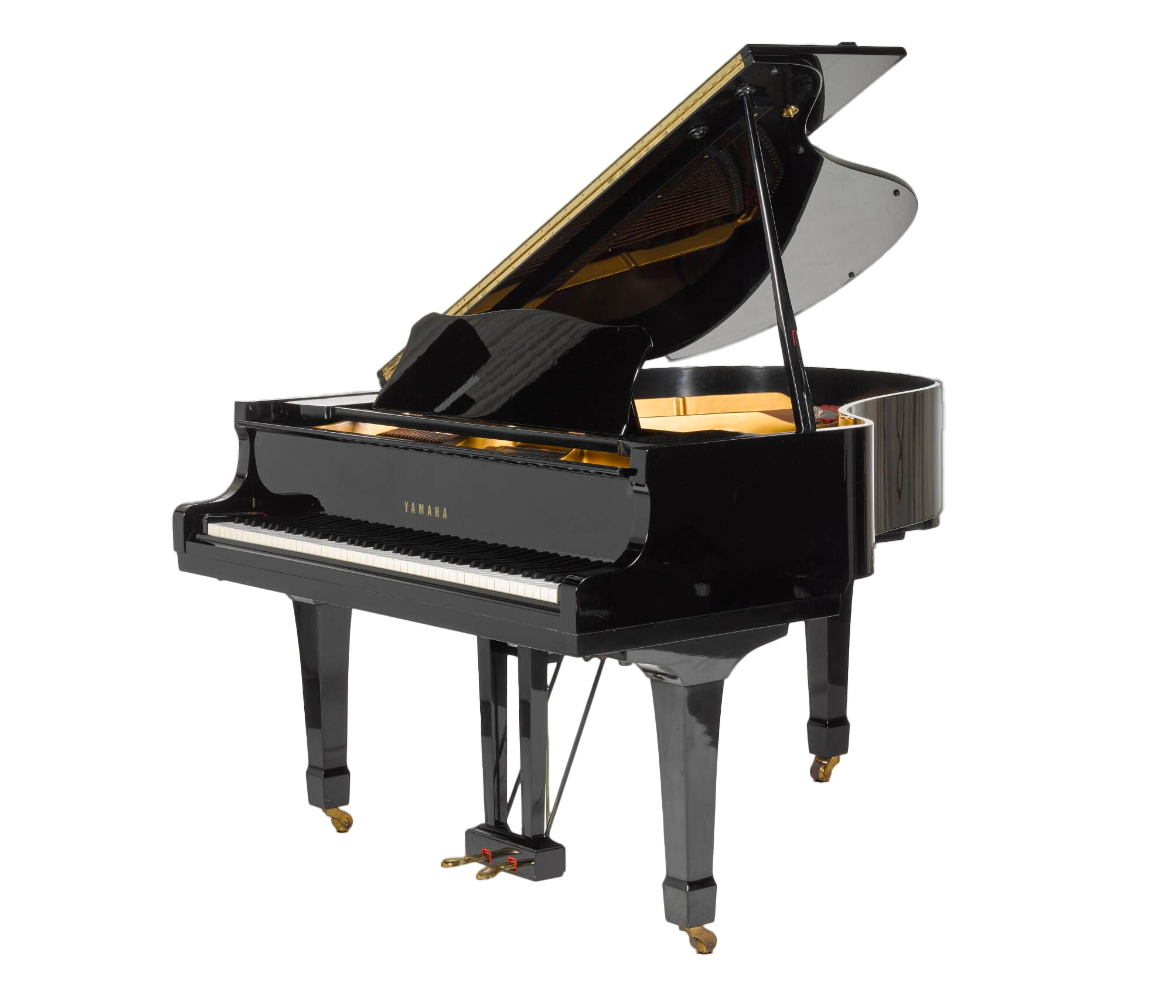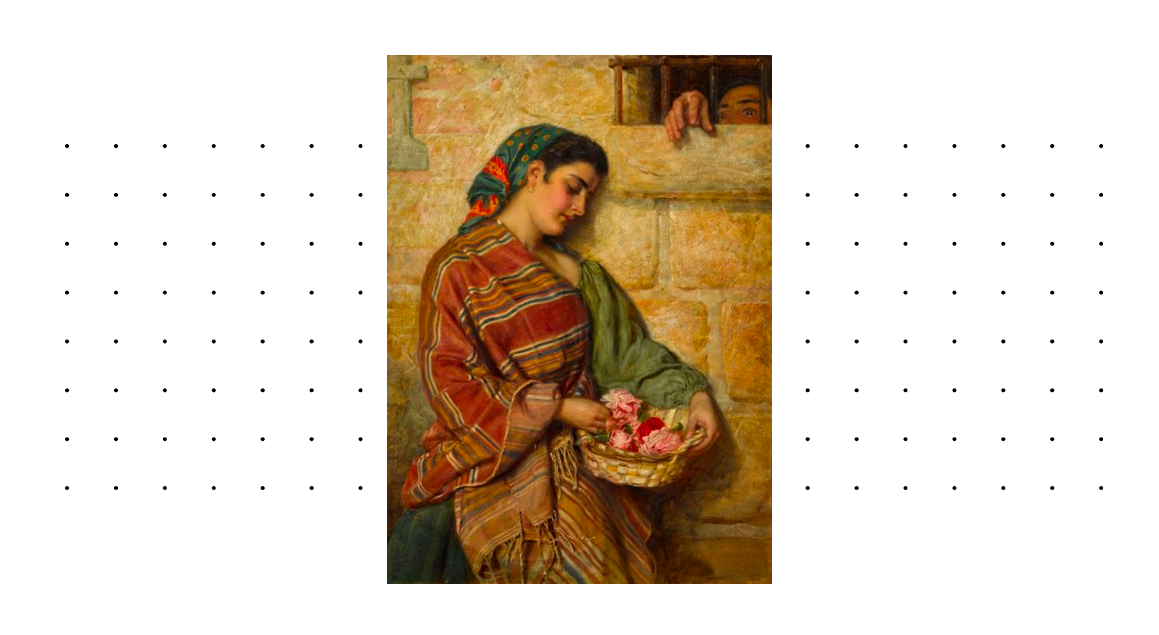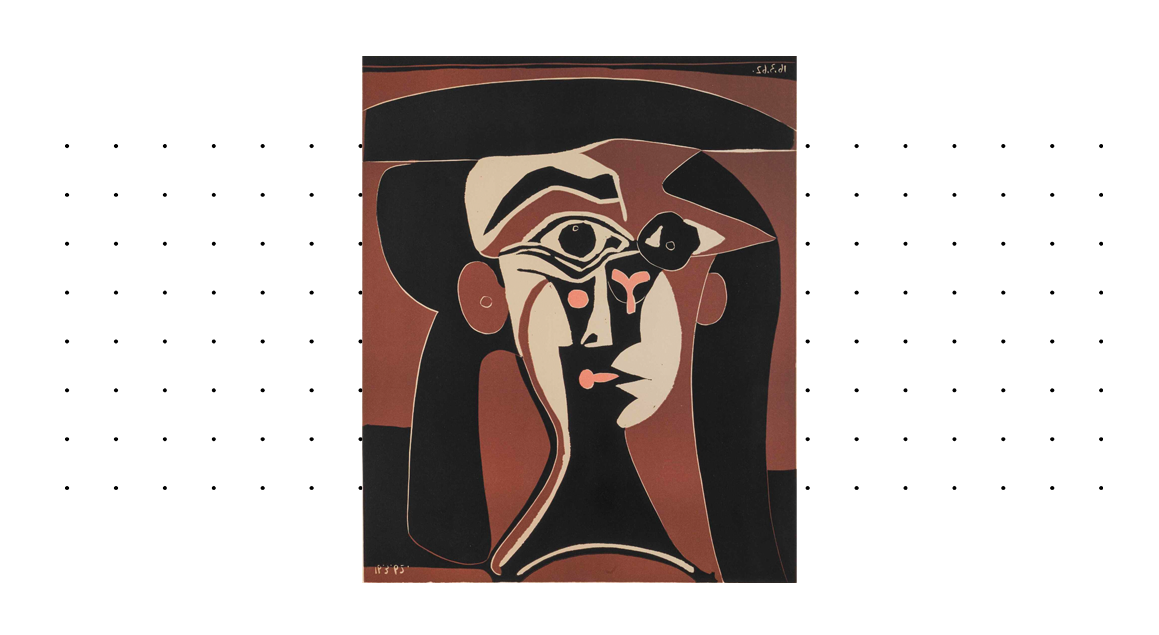

PHOTO: Sotheby’s

PHOTO: Sotheby’s
“When it comes to the more everyday objects, the brief to the team was to please put these things up at market value because you can’t anticipate someone’s love for it — you can’t value love”
Justification for imprecise estimates or marketing strategy to stir up bidding wars? You decide!

PHOTO: Sotheby’s
In total, the 27 lyric lots found £4.9 million against an aggregated low estimate of just £2 million. This surge in lyric sales underscores the immense value collectors see in pulling back the curtain on his creative process. It is maybe an explanation into why the piano went relatively underappreciated compared to these lots. The handwritten lyrics give collectors a glimpse into the creative process of one of music’s most beloved songwriters; the piano – albeit a very nice one – may have many stories to tell, but collectors can’t see the various trials and tribulations of the songwriting journey. Not to mention it’s far easier to find a spot for a piece of paper than a grand piano. Though if you’ve got the cash for either, you probably have the real estate for it. Sotheby’s has become somewhat of a specialist when it comes to selling the collections of British rock stars. Before Mercury, Elton John and David Bowie both sold their collections at the house, achieving similar success to the Mercury sale. Bowie’s sold for £24.4 million against a low estimate of £8.1 million in 2016 and Elton John’s totaled $8.22 million against a low estimate of $5.1 million in 1988. The context of each sale is as deep as the collections they were selling. Elton John’s is more comparable to this most recent sale, using the sale as a means to clean out his home of decades of early career memorabilia and start fresh. Freddie is sadly not alive to use this sale to “clean house”, but Mary Austin, his longtime friend and steward of his collection did note that selling the collection will allow her to move on. She sold nearly all of Freddie’s possessions, keeping only a few photos and personal items. Mercury and John’s sales were replete with more than a thousand objects each. Anything and everything was on the table: furniture, mementos, clothing, sunglasses, records (platinum and otherwise). These sales gave hundreds of fans the opportunity to own a piece of the artist, however insignificant a stinky Adidas bag would have been to Mercury if he were alive today. Very curious to know what he would think about someone paying £10,795 for his sweat soaked bag though…

PHOTO: Sotheby’s

The Offering
JOHN BAGNOLD BURGESS
PHOTO: Sotheby’s

Jaqueline au chapeau noir
PABLO PICASSO
PHOTO: Sotheby’s
